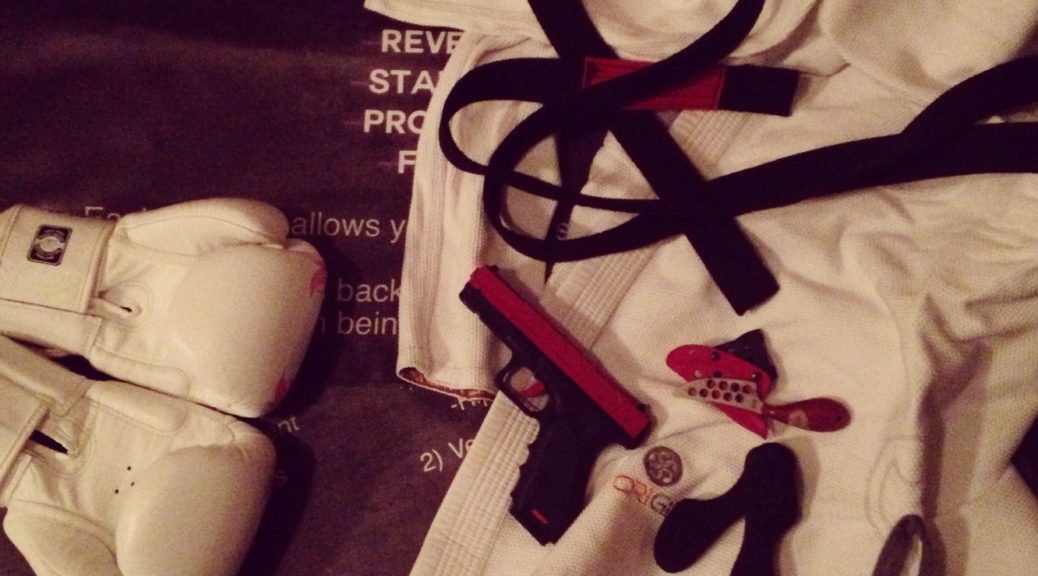We all have time constraints. Unfortunately we live in the real world where we have to deal with jobs, family, social obligations and some dedicated leisure time. Somehow in all of that we have to figure out how to slot in training. And to make things worse it’s not just one kind of training we have to slide in, but rather a lot of different kinds of training. We have shooting, medical, legal issues, strength and conditioning, empty-hand combatives, and other ancillary aspects. It can be daunting trying to figure out how it all goes together.
One tool I use it’s something I call the 80/20 principle. The 80/20 principle is better known as the Pareto Principle which essentially says that 80% of consequences come from 20 per cent of causes. This idea is popular in the business world to help guide allocation of time, energy and resources. For my purposes I don’t quite follow that definition. For me, the 80/20 principle can be understood as this: make sure that at least 20% of your training time is devoted to stuff you don’t like. Simple, right? Here is how it can be applied.
As an example, many people prefer strength-building to cardio conditioning. Let’s face it, strength work is easier even if you’re pushing heavy weights. There’s something seductive about the simple metric of “I pushed more weight more often, therefore I’m stronger”, and that is reinforced by seeing muscle growth and mass as a result. Strength training is important but it is not more important than cardio. In a self-defense context, you had better have enough cardio in reserve that you are able to exert the strength you have for as long as needed. Otherwise, that strength is useless as you will not be able to access it. Do some self-defense encounters only last a couple seconds? Sure, but far more last much much longer, and even the very short ones will put so much stress on your respiratory system that it will feel like the fight lasts hours. More cardio capacity is better. Period.
So go ahead and put time into building your strength. Spend 80% of your time working strength but make sure you put at least 20% towards hardcore cardio conditioning. That way you at least attempt to cover your bases and to minimize weaknesses.
Another example can be found with our grappling skill sets. For BJJ, the choice can be wearing a gi (a heavy cotton dedicated training uniform ) or wearing a no-gi outfit (typically a rashguard and board shorts). Both of these options teach you different things and both are useful. However most people much prefer one over the other. For myself, I really dislike no-gi as it is based much more on physical attributes such as strength, speed, mobility and explosiveness and far less on things like mechanics and leverage and position (which we always have throughout our lives and are not dependent on how physical we can be). However, no-gi does teach you intrinsically important aspects to grappling (which I covered in a previous article) and if I ignore them I would be making a huge mistake. Therefore my answer is the 80/20 principle – I will spend 80% of my grappling time wearing a gi and I will try to ensure that 20% of my mat time, I’m doing no-gi. That way I don’t lose out and I make sure that I’m a complete fighter/Grappler.
So this is just a general guideline but it can be applied in anything including firearms end defensive shooting. Hate dry fire? Understandable but make sure at least 20% of your time with Firearms it’s in dry fire. This kind of metric is easy to track and to keep a training log that builds you for success in the long term.

